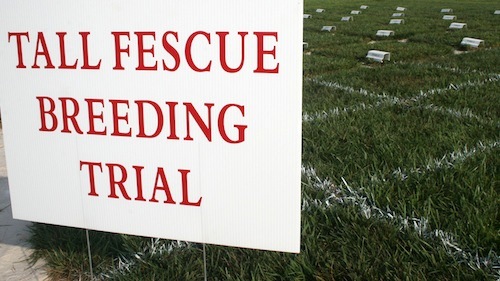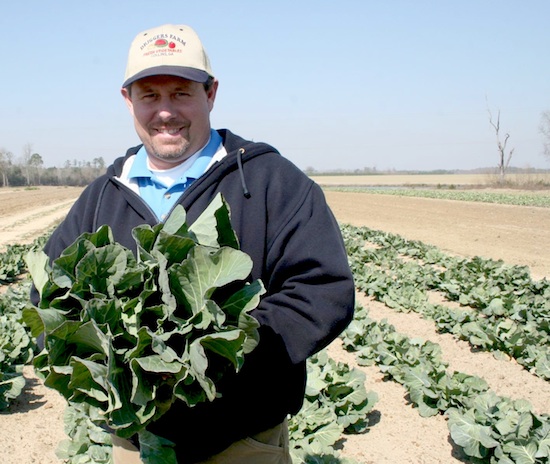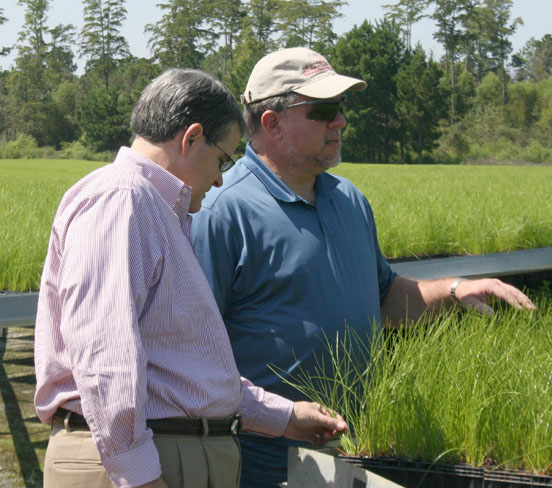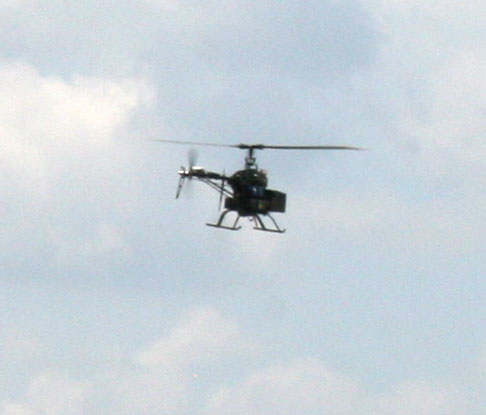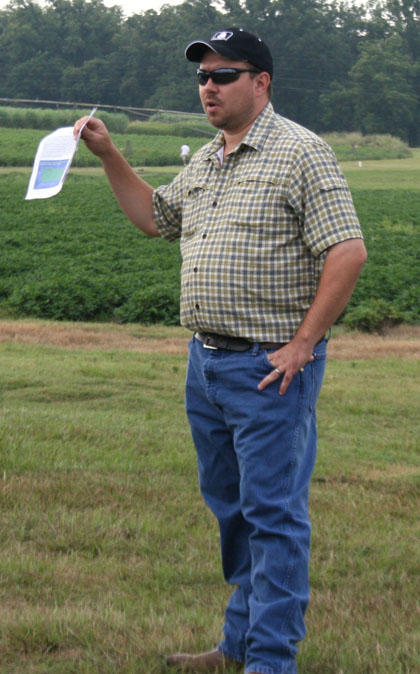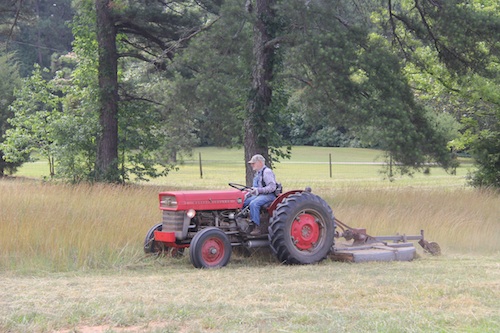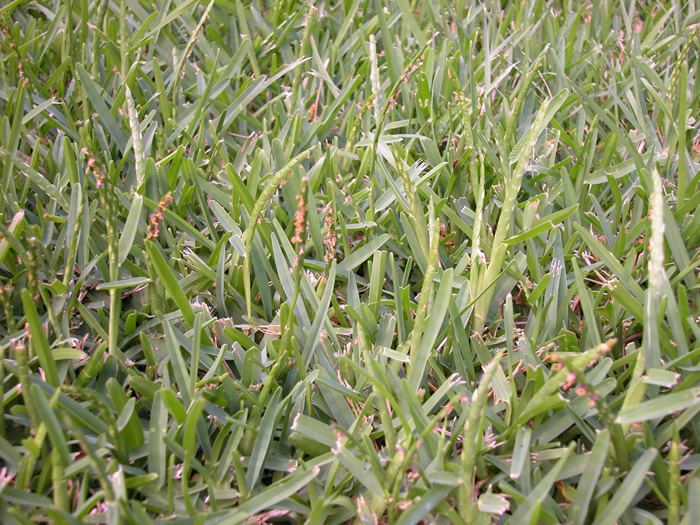 CAES News
CAES News
Over and Under Seeding
Fall is rapidly approaching, and homeowners will soon be interseeding or overseeding their lawns. Interseeding is seeding the same species into itself to increase lawn thickness and recover lost grass. Overseeding introduces a second turfgrass species – typically a cool-season grass – into a permanent species – typically a warm-season species.

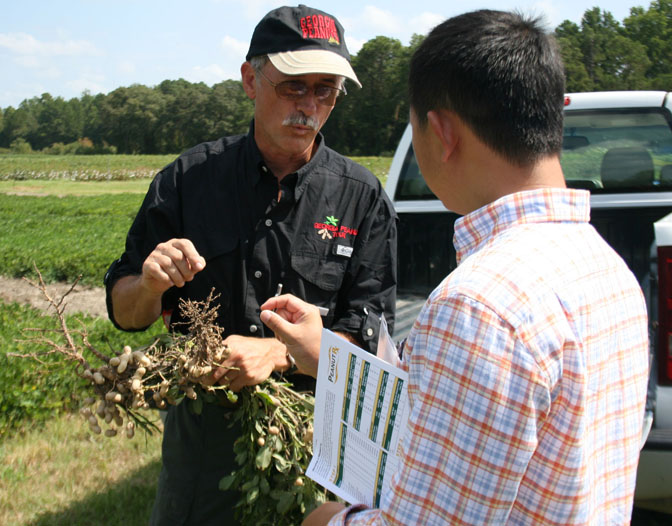
.jpg)
